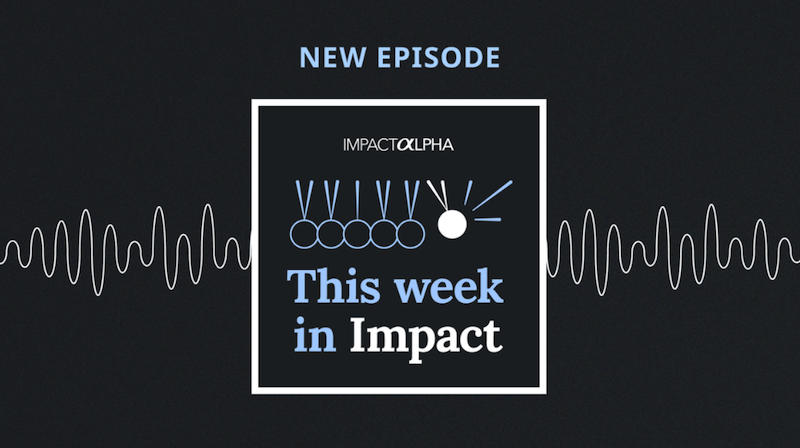Quito, Ecuador, is more than 9,000 feet above sea level. But even higher than the city are Andean wetlands that filter, store and slowly release glacier water to be collected by the municipal utility. Until the creation of the Quito Water Fund, or FONAG, in 2000, no entity was charged with preserving and enhancing the obvious value of the critical watershed.
“Watersheds tend to be in the middle of everything. But if they’re in the middle of everything, they’re just nowhere – no one’s responsibility,” said Hugo Contreras, who for nearly a decade led The Nature Conservancy’s water security efforts in Latin America. “They don’t have resources allocated. They don’t have technical capabilities allocated. So there is an institutional battle. And finally, there is a market gap.”
Inspired by the Quito model, The Nature Conservancy, with the Inter-American Development Bank, FEMSA Foundation and the Global Environment Facility, has helped establish more than two dozen water funds throughout Latin America. Structures vary, but the idea is to create funding mechanisms, through tariffs, taxes or corporate use-fees, to support efforts to purchase parcels, reforest watersheds, change agricultural practices, recharge aquifers and create wetlands.
“By monetizing the value, you are opening up an opportunity to bring capital into the sector,” says Contreras, an expert in water economics. Paradoxically, the increasing scarcity and rising price of water makes Contreras more, not less, optimistic.
“Whenever prices have risen in history of any resource, there has been innovation, there has been investment going into the sector,” he says. “Let’s assume that Mexico City decides that by 2040, it will not use any more water than it’s using today. The only solution to that is to bring technology, efficiency and investment.”










